Researchers have taken direct images of the Wigner molecular crystal, a new quantum phase of an electron solid. The breakthrough may advance future technologies for quantum simulations.
Tag: Electrons
Laser-Sharp Look at Spinning Electrons Sets the Stage for New Physics Discoveries
Spin is an intrinsic property of the electron. When electrons spin in the same direction at a given time, the quantity is called polarization. Understanding polarization helps examine the structure of nuclei of heavy elements. Now, nuclear physicists have measured the polarization of an electron beam more precisely than ever before.
Manipulation of nanolight provides new insight for quantum computing and thermal management
A recent study led by University of Minnesota Twin Cities researchers provides fundamental insight into how light, electrons, and crystal vibrations interact in materials.
Understanding quantum states: New FAMU-FSU research shows importance of precise topography in solid neon qubits
A study led by FAMU-FSU College of Engineering Professor Wei Guo that was published in Physical Review Letters shows new insight into the quantum state that describes the condition of electrons on an electron-on-solid-neon quantum bit, information that can help engineers build this innovative technology.
New Technique Lets Scientists Create Resistance-Free Electron Channels
Researchers have taken the first atomic-resolution images and demonstrated electrical control of a chiral interface state – an exotic quantum phenomenon that could help researchers advance quantum computing and energy-efficient electronics.
Teasing Strange Matter from Ordinary
Like protons and neutrons, Lambda particles consist of three quarks bound together by gluons. But unlike protons and neutrons, which contain a mixture of up and down quarks, Lambdas also contain a strange quark.
Researchers harness 2D magnetic materials for energy-efficient computing
Experimental computer memories and processors built from magnetic materials use far less energy than traditional silicon-based devices.
Physicists demonstrate powerful physics phenomenon
In a new breakthrough, researchers have used a novel technique to confirm a previously undetected physics phenomenon that could be used to improve data storage in the next generation of computer devices.
Physicist strikes gold, solving 50-year lightning mystery
An Australian physicist has solved a 50-year conundrum that has baffled the world’s best science minds – why lightning zigzags.
An atomic-scale window into superconductivity paves the way for new quantum materials
Superconductors are materials with no electrical resistance whatsoever, commonly requiring extremely low temperatures. They are used in a wide range of domains, from medical applications to a central role in quantum computers. Superconductivity is caused by specially linked pairs of electrons known as Cooper pairs. So far, the occurrence of Cooper pairs has been measured indirectly macroscopically in bulk, but a new technique developed by researchers at Aalto University and Oak Ridge National Laboratories in the US can detect their occurrence with atomic precision.
Science snapshots from Berkeley Lab
New Berkeley Lab breakthroughs: engineering chemical-producing microbes; watching enzyme reactions in real time; capturing the first image of ‘electron ice’; revealing how skyrmions really move
One-dimensional red phosphorous glows in unexpected ways
In a study published in Nature Communications, an international team led by Aalto University researchers has found that fibrous red phosphorous, when electrons are confined in its one-dimensional sub-units, can show large optical responses – that is, the material shows strong photoluminescence under light irradiation. Red phosphorous, like graphene, belongs to a unique group of materials discovered in 2017 called one-dimensional van der Waals (1D vdW) materials.
One-dimensional red phosphorous glows in unexpected ways
In a study published in Nature Communications, an international team led by Aalto University researchers has found that fibrous red phosphorous, when electrons are confined in its one-dimensional sub-units, can show large optical responses – that is, the material shows strong photoluminescence under light irradiation. Red phosphorous, like graphene, belongs to a unique group of materials discovered in 2017 called one-dimensional van der Waals (1D vdW) materials.
Chaotic electrons heed ‘limit’ in strange metals
Chaos, to a point: A new Cornell-led study confirms the chaotic behavior of electrons in “strange” metals has a limit established by the laws of quantum mechanics.
A quantum step to a heat switch with no moving parts
Researchers have discovered a new electronic property at the frontier between the thermal and quantum sciences in a specially engineered metal alloy – and in the process identified a promising material for future devices that could turn heat on and off with the application of a magnetic “switch.”

Uranium compound achieves record anomalous Nernst conductivity
New research has demonstrated that a magnetic uranium compound can have strong thermoelectric properties, generating four times the transverse voltage from heat than the previous record in a cobalt-manganese-gallium compound.
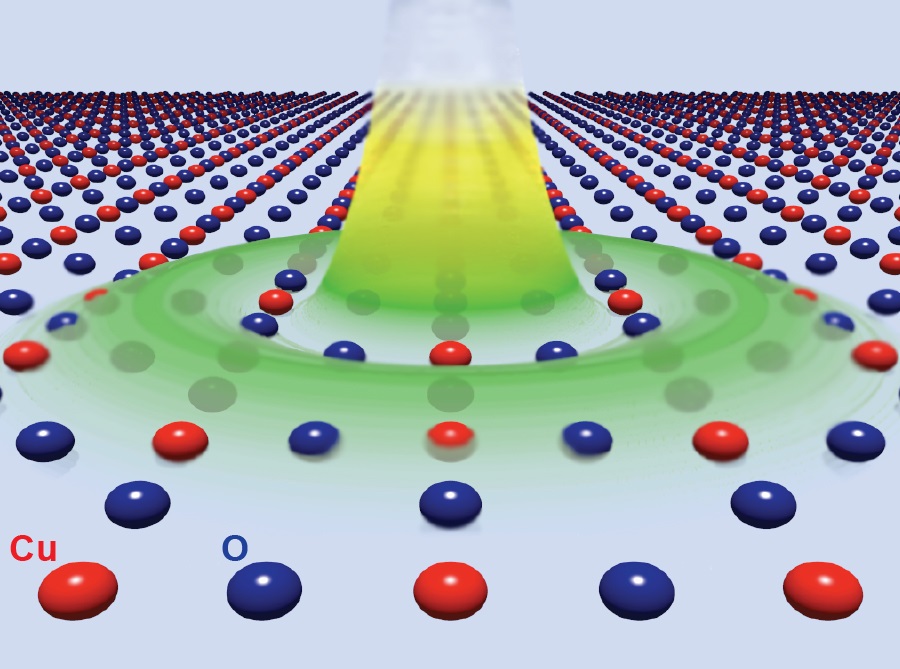
Copperizing the Complexity of Superconductivity
Copper oxides have the highest superconducting transition temperatures under normal conditions, but physicists aren’t sure why. A group of international researchers may have stumbled upon a major clue that could help revolutionize our understanding of these superconductive materials.

Scientists Capture Candid Snapshots of Electrons Harvesting Light at the Atomic Scale
A team of scientists led by Berkeley Lab has gained important new insight into electrons’ role in the harvesting of light in artificial photosynthesis systems.

Quantum Materials Quest Could Benefit From Graphene That Buckles
Graphene, an extremely thin two-dimensional layer of the graphite used in pencils, buckles when cooled while attached to a flat surface, resulting in beautiful pucker patterns that could benefit the search for novel quantum materials and superconductors, according to Rutgers-led research in the journal Nature. Quantum materials host strongly interacting electrons with special properties, such as entangled trajectories, that could provide building blocks for super-fast quantum computers. They also can become superconductors that could slash energy consumption by making power transmission and electronic devices more efficient.
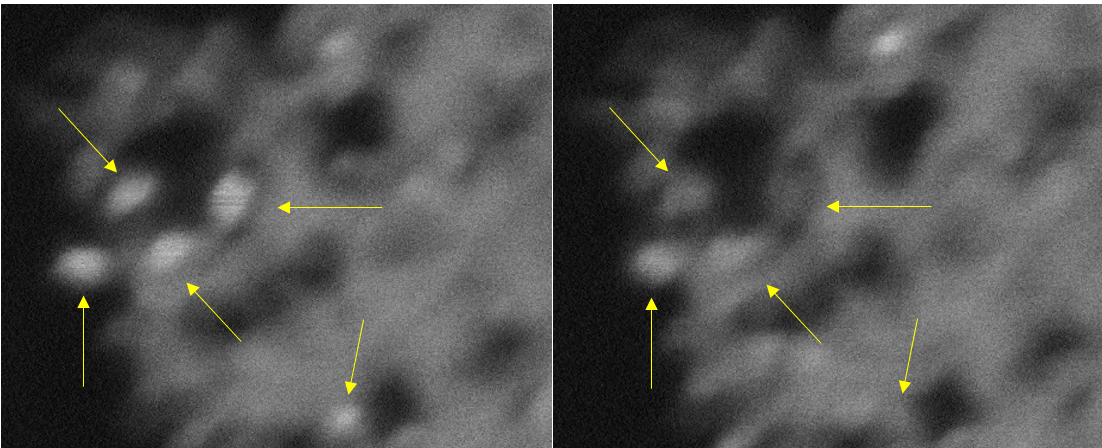
‘Blinking” Crystals May Convert CO2 into Fuels
Imagine tiny crystals that “blink” like fireflies and can convert carbon dioxide, a key cause of climate change, into fuels. A Rutgers-led team has created ultra-small titanium dioxide crystals that exhibit unusual “blinking” behavior and may help to produce methane and other fuels, according to a study in the journal Angewandte Chemie. The crystals, also known as nanoparticles, stay charged for a long time and could benefit efforts to develop quantum computers.

Particle Physicist Takes the Lead on Groundbreaking Electron Measurement
James “Jim” Fast has joined Jefferson Lab as the MOLLER Project Manager. MOLLER is the “Measurement of a Lepton-Lepton Electroweak Reaction” experiment that will measure the weak charge of the electron.
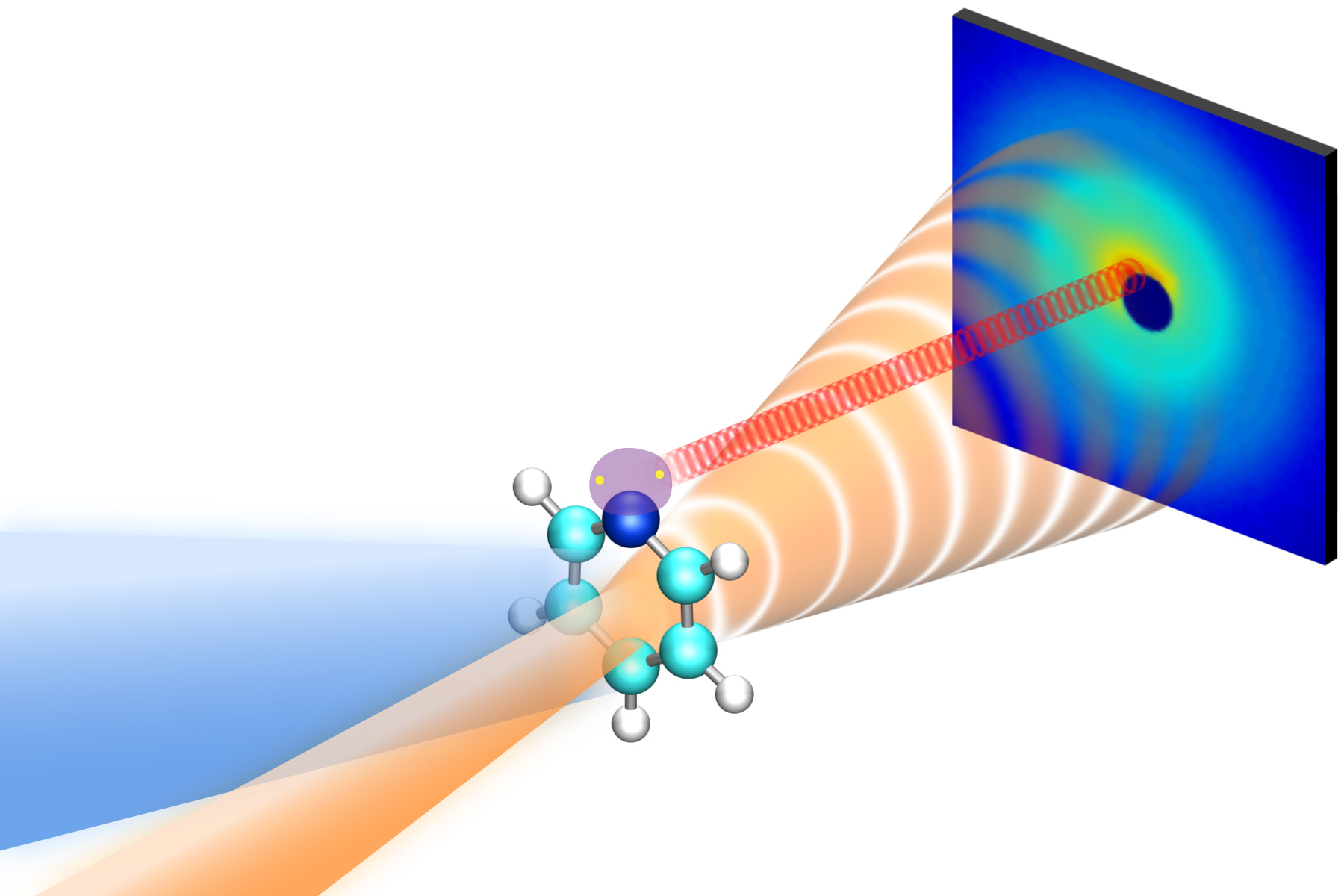
Researchers capture the coordinated dance between electrons and nuclei in a light-excited molecule
Using SLAC’s high-speed “electron camera,” scientists simultaneously captured the movements of electrons and nuclei in a light-excited molecule. This marks the first time this has been done with ultrafast electron diffraction, which scatters a powerful beam of electrons off materials to pick up tiny molecular motions.
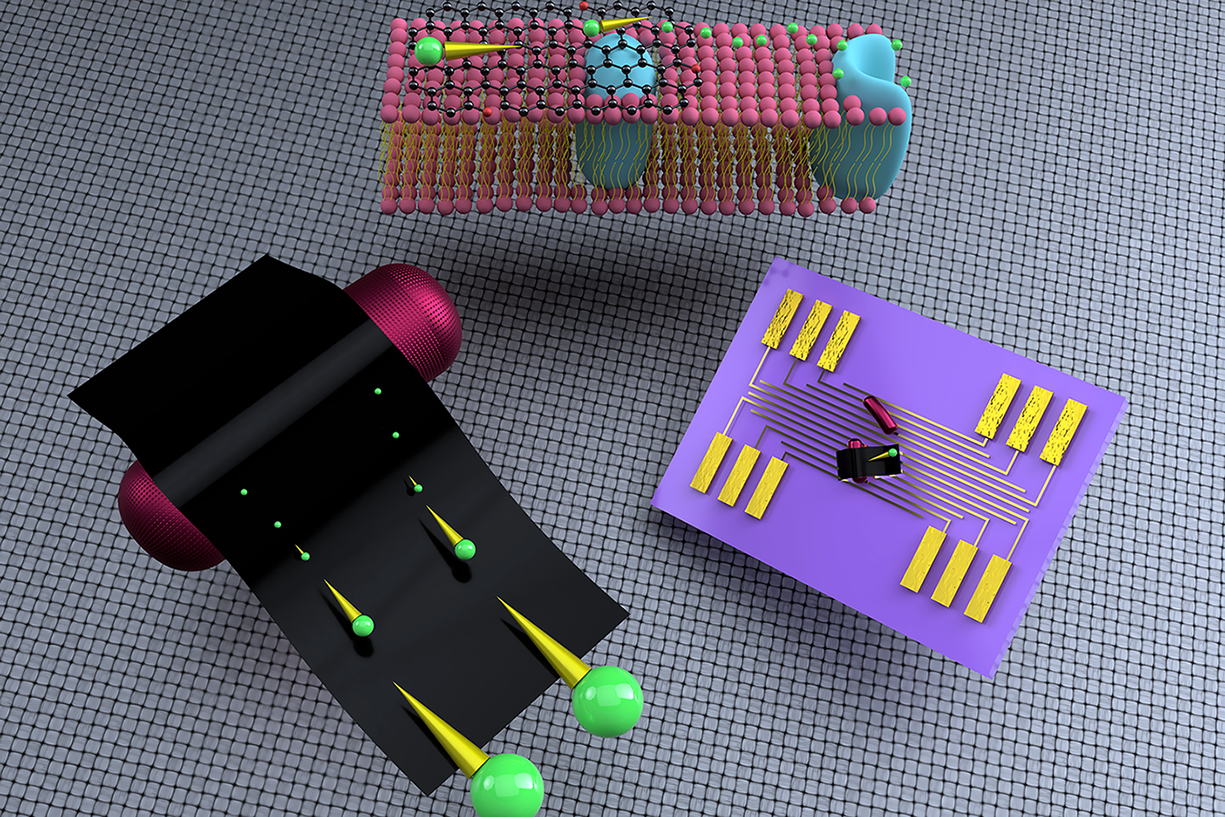
UIC chemical engineers get ‘muddy’ to develop renewable fuel cell
University of Illinois at Chicago engineers digging for efficient ways to harness sustainable power found a surprising fuel source — mud and a common bacterium often found in it.
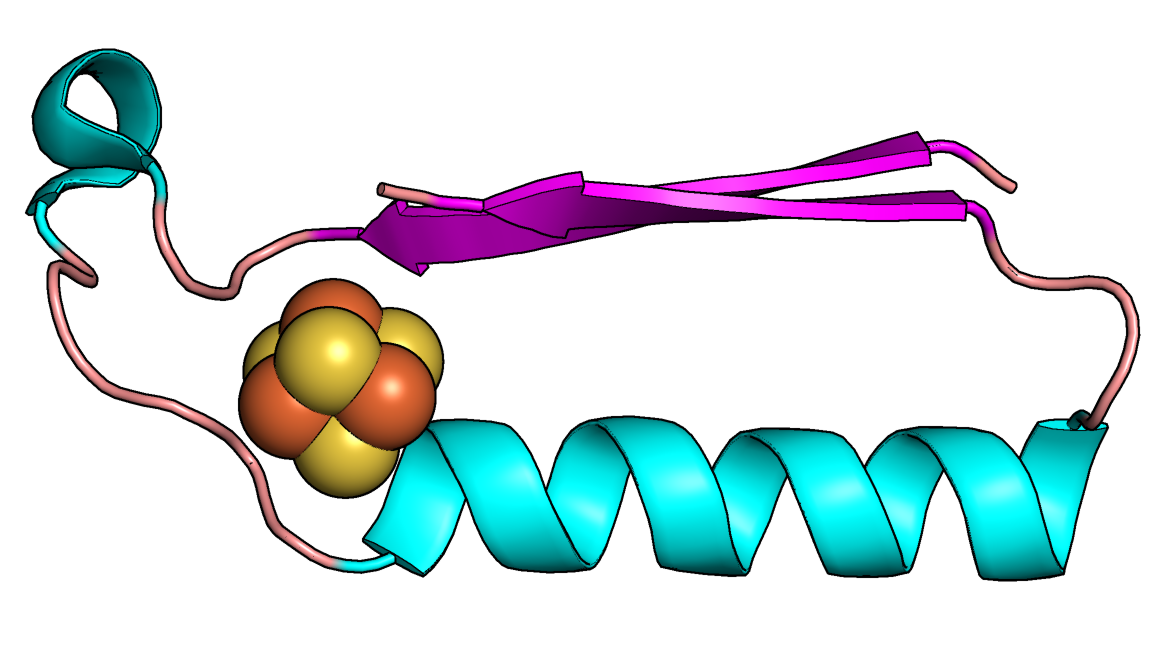
Scientists Have Discovered the Origins of the Building Blocks of Life
Rutgers researchers have discovered the origins of the protein structures responsible for metabolism: simple molecules that powered early life on Earth and serve as chemical signals that NASA could use to search for life on other planets. Their study, which predicts what the earliest proteins looked like 3.5 billion to 2.5 billion years ago, is published in the journal Proceedings of the National Academy of Sciences.
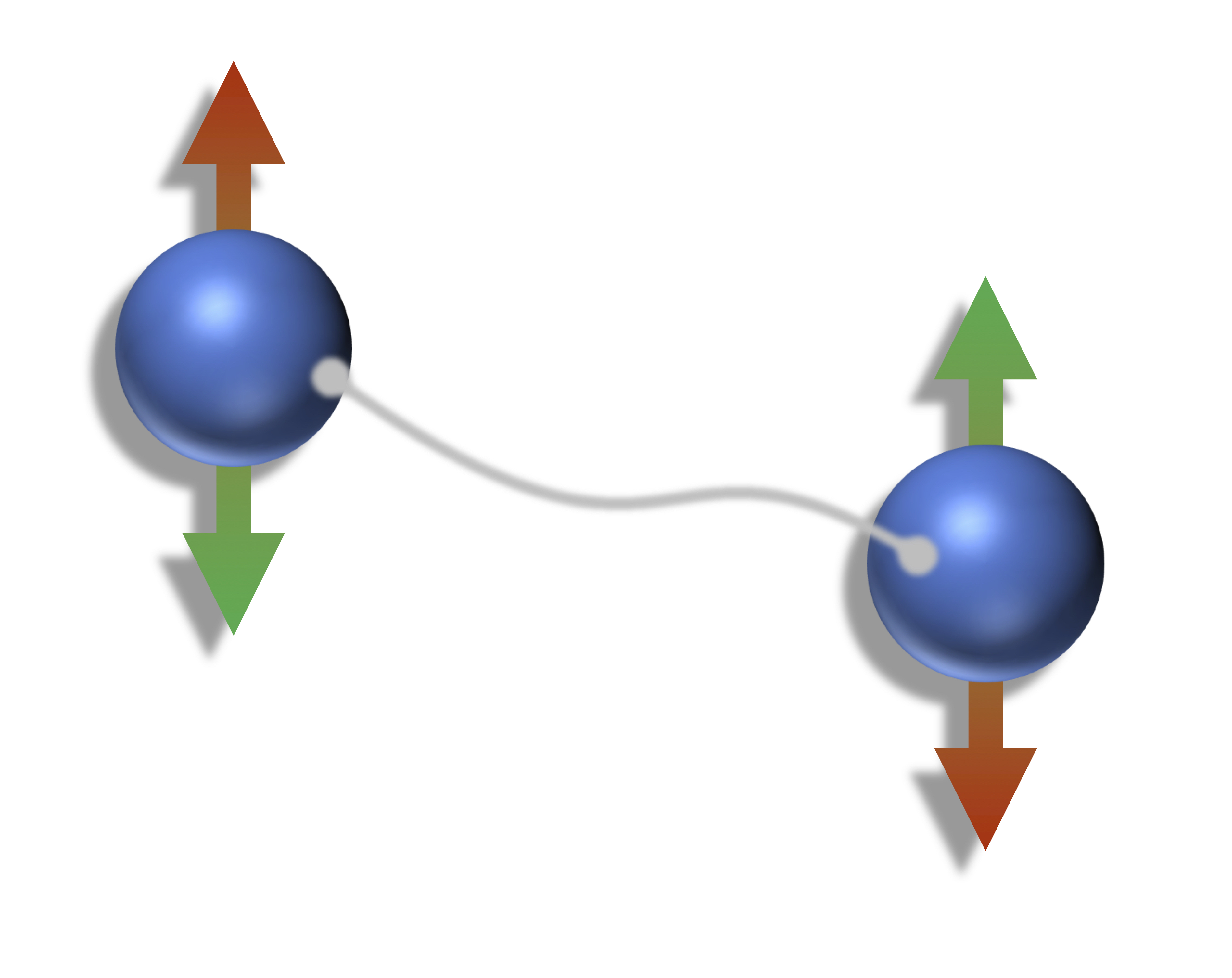
How a Magnet Could Help Boost Understanding of Superconductivity
Physicists have unraveled a mystery behind the strange behavior of electrons in a ferromagnet, a finding that could eventually help develop high temperature superconductivity. A Rutgers co-authored study of the unusual ferromagnetic material appears in the journal Nature.
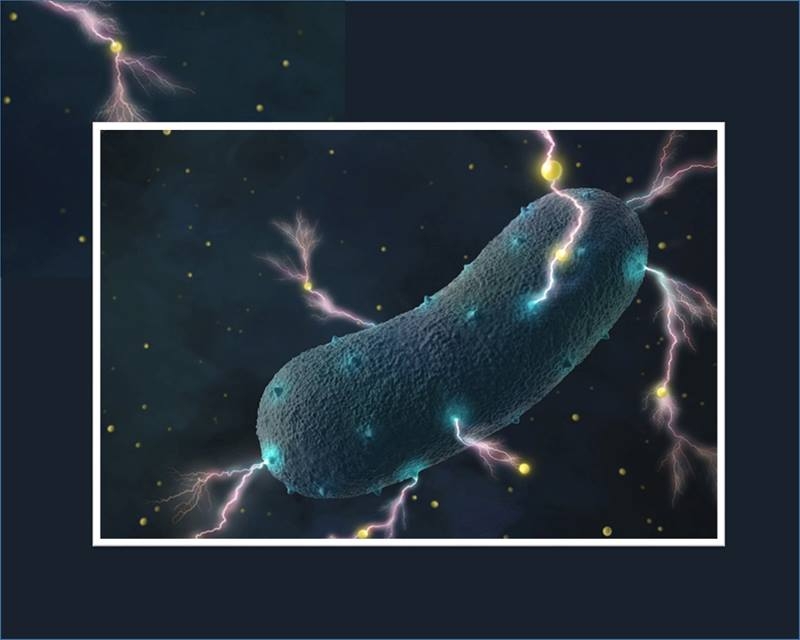
Gut Bacteria Found to Have a Shocking Secret
Scientists studied how the bacteria transport electrons across their cell wall. The bacteria use a method that’s different from other, known electricity-producing bacteria. They also found that hundreds of other bacterial species use this same process.
Physicists Make Graphene Discovery that Could Help Develop Superconductors
When two mesh screens are overlaid, beautiful patterns appear when one screen is offset. These “moiré patterns” have long intrigued artists, scientists and mathematicians and have found applications in printing, fashion and banknotes. Now, a Rutgers-led team has paved the way to solving one of the most enduring mysteries in materials physics by discovering a moiré pattern in graphene, where electrons organize themselves into stripes, like soldiers in formation.
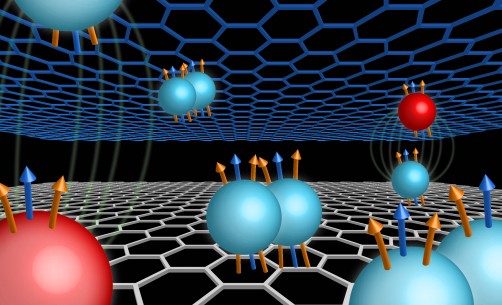
Research Reveals Exotic Quantum States in Double-Layer Graphene
Findings shed new light on the nature of electron interactions in quantum systems and establishing a potential new platform for future quantum computers New York, NY—June 24, 2019—Researchers from Brown and Columbia Universities have demonstrated previously unknown states of matter…